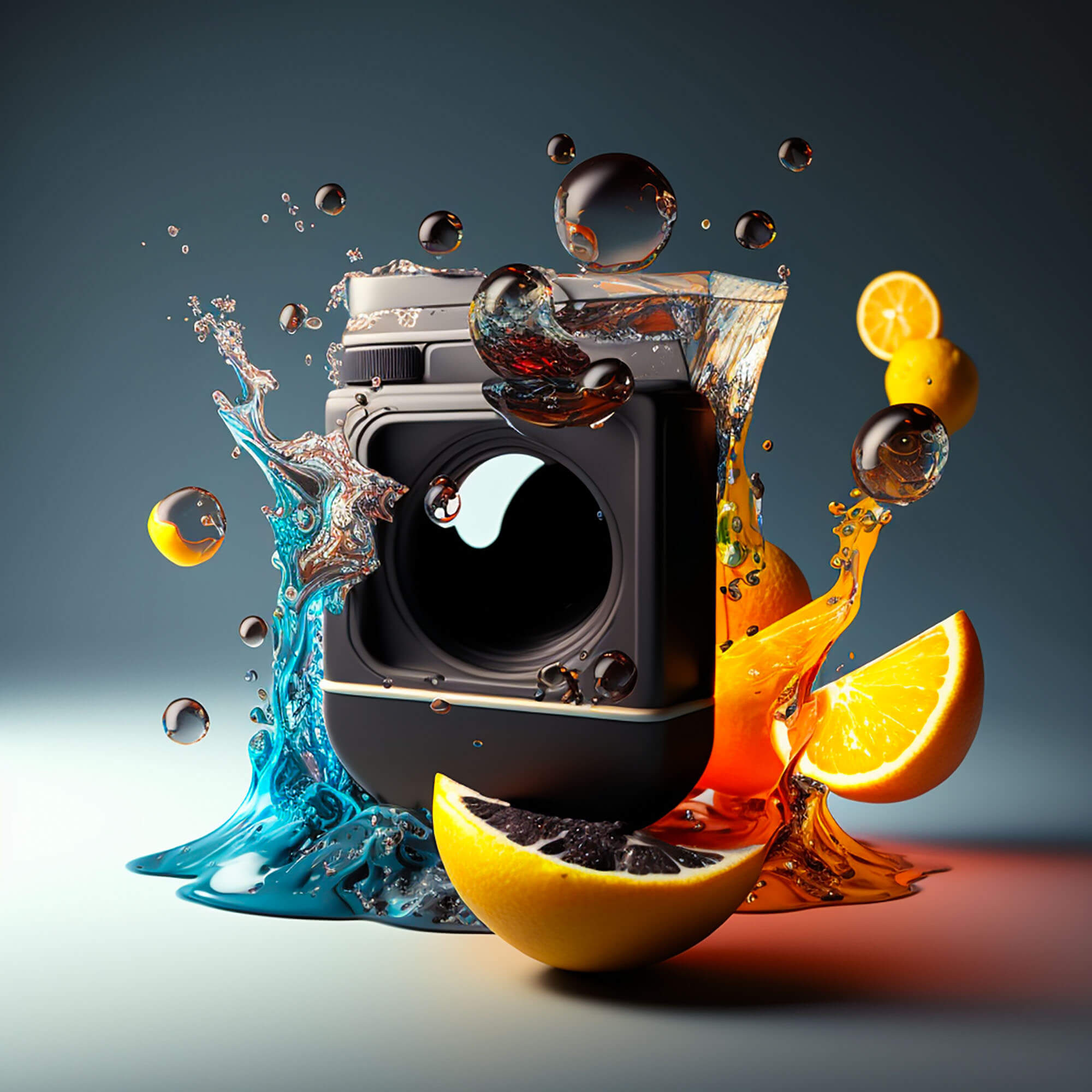The Future of Product Photography: Predictions and Emerging Trends
Product photography is an essential component of the e-commerce industry. It is the art of capturing a product’s essence and presenting it in a visually appealing way that attracts customers. In today’s digital age, product photography has become more critical than ever before. As technology continues to evolve, the future of product photography is expected to take on a whole new dimension. In this article, we will discuss the emerging trends and predictions for the future of product photography.
The Rise of 360-Degree Product Photography
One of the emerging trends in product photography is the rise of 360-degree product photography. This technology allows customers to view a product from every angle, providing them with a more comprehensive understanding of the product. With 360-degree product photography, customers can zoom in and out, rotate the product, and interact with it as if it was in their hands.
In the coming years, 360-degree product photography is expected to become the norm in the e-commerce industry. Companies that fail to adopt this technology may fall behind their competitors who have already implemented it. This technology will not only enhance the customer experience but also increase the chances of converting visitors into customers.
The Use of Augmented Reality
Augmented reality (AR) is another emerging trend in product photography. AR allows customers to superimpose virtual images of a product onto their real-world surroundings. This technology provides customers with an interactive experience that allows them to see how a product would look in their home, office, or any other setting.
In the future, product photographers will need to learn how to incorporate AR into their work. As more companies adopt this technology, it will become an essential part of the product photography process. Customers will expect to be able to use AR to preview products before making a purchase. This technology will enable companies to offer a more personalized and immersive customer experience.
The Use of AI and Machine Learning
Artificial intelligence (AI) and machine learning (ML) are transforming the product photography industry. AI can help automate many of the tasks associated with product photography, such as image selection and editing. ML algorithms can be used to analyze customer behavior and preferences, which can help companies create more effective product images.
In the future, product photographers will need to develop skills in AI and ML to stay ahead of the curve. Companies that invest in these technologies will be able to create more efficient workflows and offer better customer experiences. AI and ML will enable companies to automate many of the repetitive and time-consuming tasks associated with product photography, allowing photographers to focus on creativity and innovation.
The Use of Drones
Drones are becoming an increasingly popular tool for product photographers. Drones can capture images from unique angles and perspectives that were previously impossible to achieve. They can be used to capture aerial shots of products or to photograph products in hard-to-reach places.
In the future, drones are expected to become even more prevalent in the product photography industry. As technology improves, drones will become more affordable and easier to use. Companies will be able to use drones to capture images that stand out from the competition, providing customers with a more immersive and engaging experience.
The Importance of Sustainability
Sustainability is becoming an increasingly important consideration for product photographers. Customers are becoming more environmentally conscious, and they want to buy products from companies that share their values. Product photographers can play a significant role in promoting sustainability by using eco-friendly materials and techniques.
In the future, sustainability will become an essential consideration in the product photography industry. Companies that fail to adopt sustainable practices may find themselves at a competitive disadvantage. Product photographers will need to develop skills in sustainable photography techniques and materials to meet the demands of customers who care about the environment.
The links provided offer a selection of books about product photography.
- Product Photography: Lighting, Composition, and Shooting Techniques
- The New Lighting for Product Photography
- Product Photography Guide For Beginners
- Read This If You Want to Take Great Photographs
- Product Photography Magic
- The Digital Photography Book
Conclusion
The future of product photography is bright and full of possibilities. Emerging trends like 360-degree product photography, augmented reality, AI and machine learning, drones, and sustainability are expected to transform the industry in the coming years. Product photographers who embrace these technologies and trends will be able to create more engaging and immersive customer experiences, ultimately driving sales and revenue for their clients.
As the e-commerce industry continues to grow, the importance of product photography will only increase. With more and more consumers shopping online, product photography will be the primary way they interact with products before making a purchase. As such, companies that invest in high-quality product photography and stay ahead of emerging trends will have a significant advantage over their competitors.
In conclusion, the future of product photography is exciting and full of opportunities for those who are willing to embrace emerging trends and technologies. 360-degree product photography, augmented reality, AI and machine learning, drones, and sustainability will transform the industry and help companies create more engaging and immersive customer experiences. Product photographers who adapt to these changes will be in high demand, and their work will be critical to the success of the e-commerce industry in the years to come.
